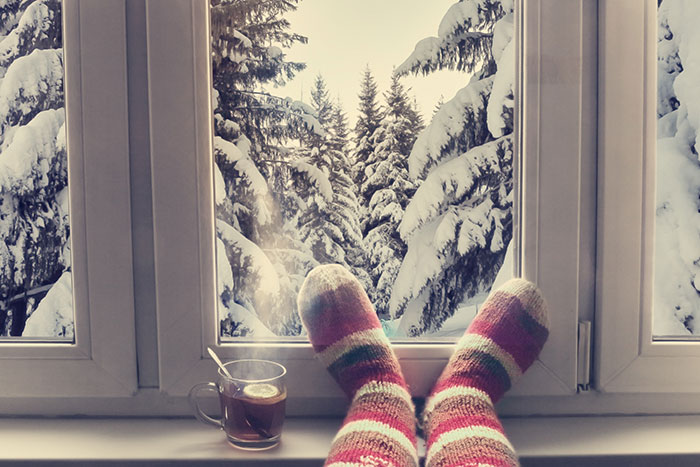Preparing for the Cold Season

© By Lana Kray - stock.adobe.com
November 13, 2020
In light of the current global pandemic, the awareness of the air quality in our immediate environment has increased – from the pre-pandemic 2 to 4 percent to an overwhelming 97 to 99 percent today, according to Paul Scialla, CEO of Delos. As the cooler weather is upon many of us, and many people are still working from home, the wellness factor of our homes is a very real consideration.
At the end of Oct., I attended the LivABLE Environment Conference, a completely virtual conference dedicated to the world of wellness and accessibility in the built environment. Firstly, wow! It was truly my very first full virtual conference, but what an experience it was! So many presentations and speakers with incredible knowledge and information shared throughout the conference.
One fact that came up more than once was how significant an impact the design and construction industry has on our health and well-being – even more than the medical community! This is directly influenced by the nature of what we do, including removing mold/mildew and other potentially harmful substances, improving ventilation, updating lighting and adding comfort and functionality.
But when considering air quality, where do you begin? Protecting your clients’ health and well-being begins with a few simple steps and can graduate into deeper assessments as required.
Here are a just few things to consider encouraging your clients to do:
• Change the furnace filter every month and use a filter with a minimum MERV8 rating for top-quality air filtration.
• Service and maintain all fuel-burning appliances annually. This includes furnaces, water heaters, fireplaces, ranges, clothes dryers, etc.
• Be sure all vents are clear and unobstructed, including snow build-up.
• Do not store solvents and petroleum products in the home. Dispose of safely as per municipal guidelines.
• Manage moisture with proper ventilation in damp areas, and employ more in-depth remediation if mold is present. Mold is the leading cause of Sick Building Syndrome.
• VOCs can come from many things, including cleaning products, household goods or new furnishings/textiles. Be aware of the products you use and bring into the home.
• Avoid idling in attached garages! Release of benzene and carbon monoxide are true threats.
Being mindful of the renovation process and quality of materials used has significant impact on the health of a home – and occupants – both during construction and after. It is also time to consider the ugly side of the renovation trade too: the endless dumpsters of waste created on each and every project. Can some of these old materials be reused, recycled or disposed of in a more environmentally conscious method? It might take a little more effort, but as an industry, I feel we could make a real difference by getting our clients on board too. Together we can make a difference.
View a Wellness Design project HERE.
More News
April 25, 2024 | Awards & Events
2024 Coverings Installation & Design Award Winners Announced
April 24, 2024 | People
Oatey Announces New COO and CCO
April 23, 2024 | Trends & Inspirations
Sustainability Report: More Education Needed for Green K&B Design
April 22, 2024 | Awards & Events, Trends & Inspirations
A Look Inside the 2024 Atlanta Homes & Lifestyles Southeastern Designer Showhouse
April 22, 2024 | KBB Collective
Top Designer Shares Favorite KBIS 2024 Products
April 2, 2024 | Sponsored
Whirlpool Corp. Brings Purposeful Innovation Home